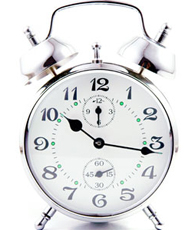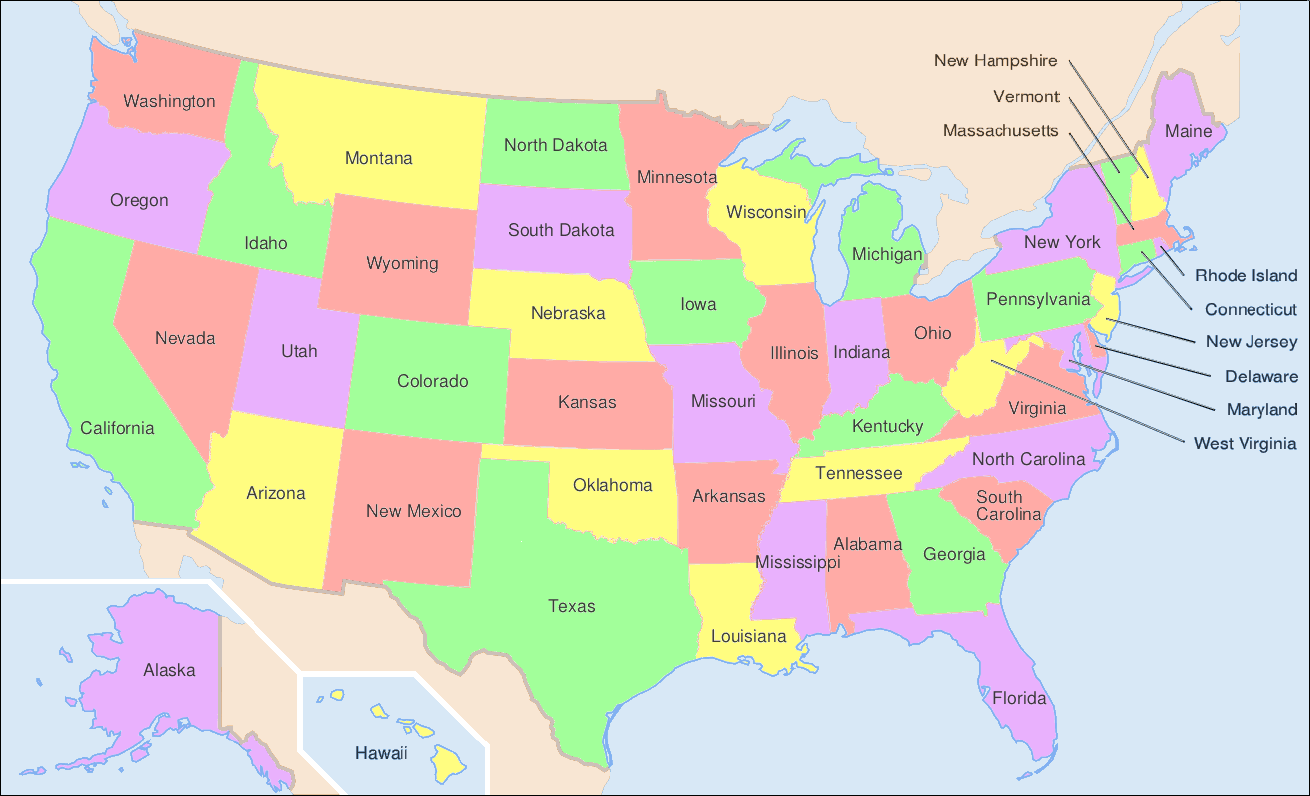Why do we fall back one hour in the autumn, and spring ahead one hour in the spring?
Most U.S. residents dutifully set their clocks ahead one hour on the second Sunday in March, and set them back one hour on the first Sunday in November. This somewhat strange phenomenon is known as Daylight Saving Time (DST). People in most of Arizona, Hawaii and in the U.S. territories of American Samoa, Puerto Rico and the Virgin Islands, however, leave their clocks alone. These locations never sway from standard time.
The History of Daylight Saving Time
Daylight saving time was first established in Germany and Austria in 1916 as a means to conserve coal during World War I. The measure was adopted by much of Europe within the year.
The plan was not officially adopted in the United States until 1918, when ‘An Act to preserve daylight and provide standard time for the United States‘ was enacted. The law established standing time zones and set DST to begin on March 31. The new – and very unpopular – rules only held up for seven months, however, before congress repealed it. At that point DST became optional, and was only held up by a few states, including Massachusetts and Rhode Island, and some cities, including New York, Philadelphia and Chicago.
But during World War II, President Franklin Roosevelt instituted year-round Daylight Saving Time, calling it “War Time,” from February 9, 1942 to September 30, 1945. From then on, until 1966, there was no federal law in place, and states and cities could make the decision to uphold the rules on their own. Needless to say, this caused significant confusion, especially among media outlets and for the travel industry. In January 4, 1974, President Nixon signed into law the Emergency Daylight Saving Time Energy Conservation Act, setting guidelines for moving the clocks forward and back one hour, in February and October.
The start and end dates of daylight saving time has varied over the years. In 1973, in an effort to conserve fuel during the Arab oil embargo, Congress extended daylight saving time an extra two months. The start date was moved to the first Sunday in April in 1986. Starting in 2007, the start date was moved back to the second Sunday in March, and the end date was moved to the first Sunday in November, extending the period of daylight saving time to just under eight months.
Sources in this Story
- U.S. Naval Observatory website: Daylight Time
- WebExhibits: Daylight Savings Time
- The Oregonian: Idaho’s Portugal: ‘Daylight Savings Time’ 2009: History, controversy, and when to set your clock
- NPR: The Reasoning Behind Changing Daylight-Saving
- National Geographic: Daylight Saving Time 2011: Why and When Does It End?
How Is Daylight Saving Time Beneficial?
Daylight saving time is based on the assumption that it saves energy. The 2007 changes sparked a national debate on the topic. Angela Webber of The Oregonian cites two studies—one performed by the California Energy Commission and one by the National Bureau of Economic Research (NBER)—that found that daylight saving time does not save energy.
In fact, according to the NBER study, “Our main finding is that—contrary to the policy’s intent—DST increases residential electricity demand.” Both studies found that the energy people save from not using as much power at night is offset by the increased energy used during the darker mornings of autumn.
Daylight saving time also tends to increase fuel consumptionbecause the extra evening hour encourages Americans to leave the house and drive somewhere, explained Michael Downing, author of “Spring Forward: The Annual Madness of Daylight Saving Time,” to NPR.
The extension of daylight saving time, he argues, was instituted to benefit retailers: “When we have an hour of sunlight after work, Americans tend to go shopping.” In addition, candy producers pushed for DST to end after Halloween so trick-or-treaters would have an extra hour of daylight.
Still, there are some benefits associated with daylight saving time. According to National Geographic News, research shows that more daylight decreases the rate of crime, traffic accidents and traffic fatalities.
In 1986, Congress found other advantages, such as “more daylight outdoor playtime” for children, as well as “greater utilization of parks and recreation areas, expanded economic opportunity through extension of daylight hours to peak shopping hours and through extension of domestic office hours to periods of greater overlap with the European Economic Community.”
But not everyone agrees that more daylight in the evening is a bonus. As Mosley points out, farmers and other early birds who get up before the sun “may have to operate in the dark a while longer before daybreak.”
This article was originally written by Colleen Brondou; it was updated May 19, 2017.
















